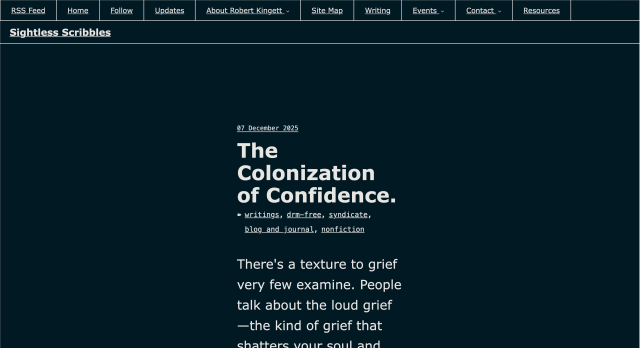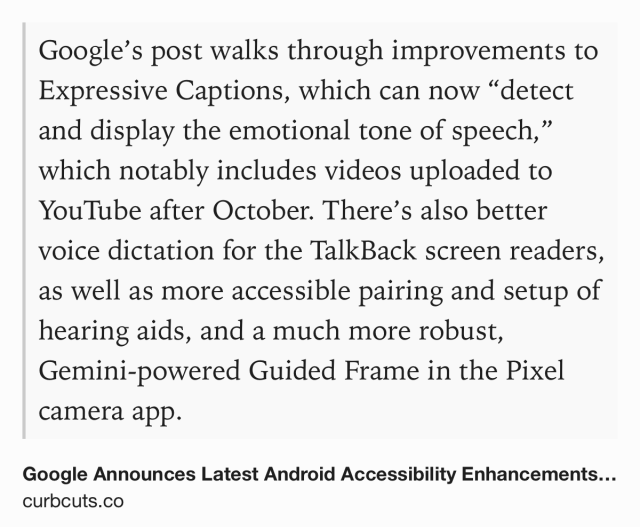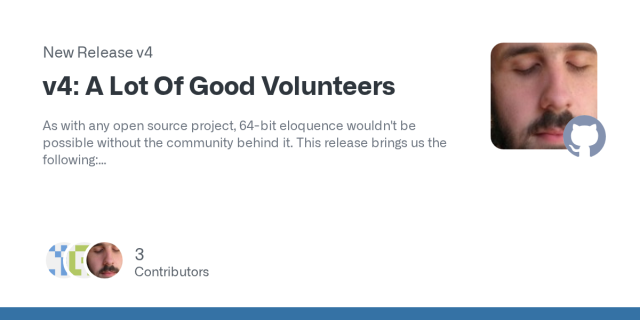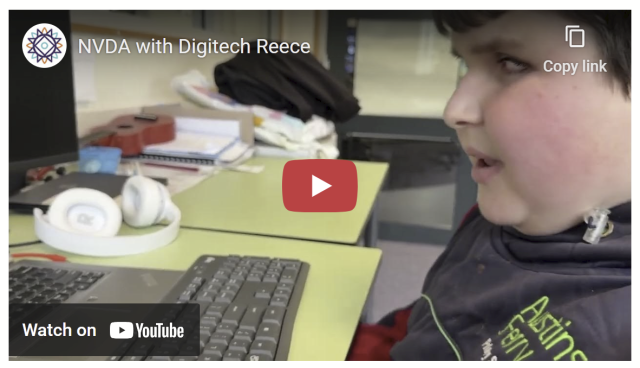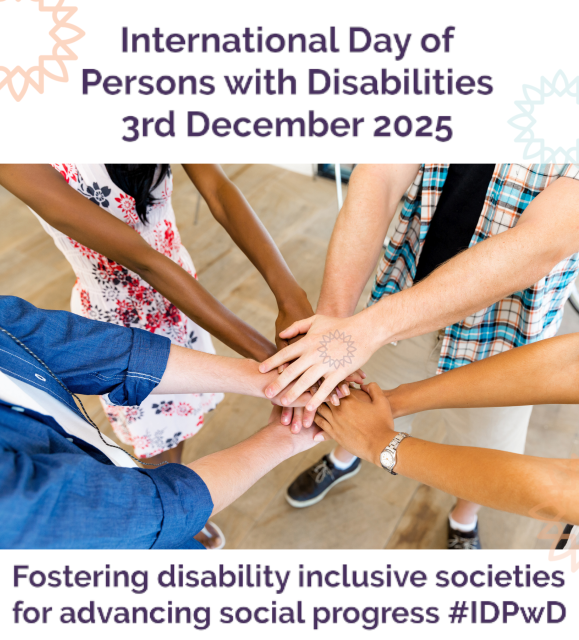Pleast boost for reach:
On the subject of Linux phone accessibility, the developer of AT-SPI wrote:
There's a long-standing issue that Joanie filed against at-spi2-core for
touch screen support:
gitlab.gnome.org/GNOME/at-spi2…
Ande I haven't taken the time to figure out how best to handle this. I'm
not sure if evdev would do what we need, or we might want to work with the
maintainers of mutter, KWin, etc. to create a protocol for
intercepting/manipulating gestures. We would also need code that can
detect gestures from touch screen presses. NVDA has code that we might be
able to use as a model.
All of this is theoretically on my list of things to do. Of course, help
would be welcome if anyone else was able to take it on.
end quote
For blind people to switch to Linux on phones, we need to use the touch screen. If anyone can help with this, it would allow the blind to take one step closer to being capable of creating our own accessibility, our own environments, in the way that helps us most. See NVDA as a great example of how that goes.
#accessibility #blind #foss #linux #phones #pinephone

Implement support for touch/gestures (#148) · Issues · GNOME / at-spi2-core · GitLab
Orca currently is able to register grabs for, be notified of, and consume keyboard events of interest. It should be able to do the same for touch/gestures.GitLab

